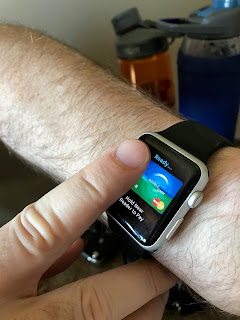Several governments have signaled their intent to ban or greatly restrict the internal combustion engine from automotive use, requiring instead pure electrics or in some cases hybrids. These include China, France, and the United Kingdom, as well as the US state of California. Volvo says that from 2019 all its new models will be electric or hybrid, and General Motors is planning to introduce 20 electric models over the next six years.
The core of an electric vehicle is the battery, and these are large, heavy objects: the battery pack for a Tesla Model S comes in at 1300 pounds. Where are all the batteries for the envisaged exponential growth of electrics going to come from?…this question encompasses the mining and processing of the raw materials and the fabrication of these processed materials into battery cells, as well as the assembly of the cells into finished battery packs.
Here is an analysis of battery components and their sources: the key materials, in addition to lithium, are graphite, cobalt, and nickel, as well as the more common and less-expensive metals manganese and aluminum.
Will severe supply constraints for some of these materials put a practical limit on the growth of electric vehicles, even in the face of government subsidies and draconian edicts? Here’s a recent article in the Financial Times:
Volkswagen’s failed attempt to secure at least five years’ supply of cobalt highlights the challenge facing the world’s biggest automakers as they attempt to secure the materials needed for their push into electric vehicles. Last month’s tender came as other carmakers, such as BMW and Tesla Motors, are also trying to lock-in stocks of the metal. That could test to the breaking point a niche market that is heavily dependent on a handful of mines in the Democratic Republic of Congo, one of the most impoverished and politically volatile countries in Africa.
Demand for cobalt in EV batteries is expected to grow fourfold by 2020, and eleven-fold by 2025, according to Wood Mackenzie.
The graph accompanying the article indicates that the price of high-grade cobalt has risen from $15/pound in January of this year to $30/pound in October.
